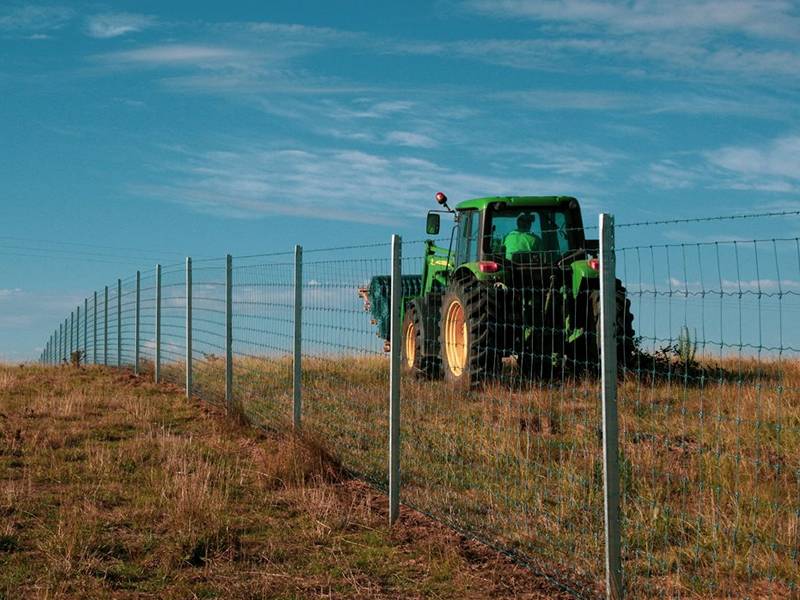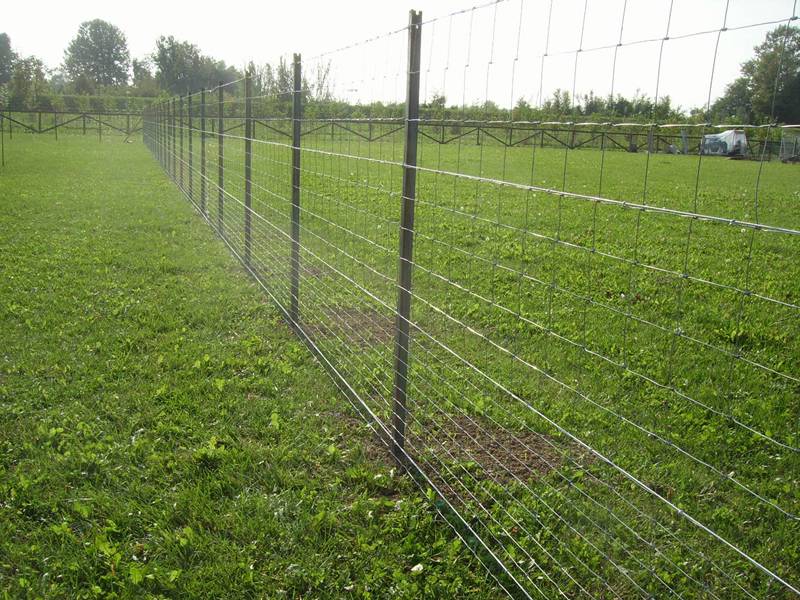Why Fence Post Farm Is The Backbone Of Modern Agriculture
Picture this: You're driving through the countryside, and the rolling fields stretch as far as the eye can see. But what holds it all together? Fence post farm solutions. Yep, you heard that right. Fence posts aren’t just sticks in the ground; they're the unsung heroes of farming. Without them, property boundaries would be a mess, livestock would roam free, and security would be nonexistent. But there’s so much more to these posts than meets the eye.
Now, you might be wondering, "Why are fence post farms such a big deal?" Well, buckle up, because we're diving deep into the world of fence post farming. These structures are essential for creating efficient and safe agricultural practices. Farmers rely on them to protect their land, manage livestock, and ensure productivity. Think of them as the silent guardians of the farm.
Here’s the kicker: Fence post farms aren’t just about sticking wooden poles in the ground. Modern fence post solutions incorporate advanced materials, designs, and techniques that make them stronger, longer-lasting, and more sustainable. From traditional wood to high-tech metal and composite options, there’s a fence post out there for every need. Let’s explore why fence post farms are the backbone of agriculture and how they’re evolving to meet today’s challenges.
Read also:Premier Tennis Janesville Your Ultimate Guide To Elevating Your Tennis Game
Table of Contents
What Are Fence Posts and Why Are They Important?
Types of Fence Posts and Their Uses
Fence Post Materials: Wood, Metal, and Beyond
The Installation Process: Tips and Tricks
Maintenance: Keeping Your Fence Posts in Top Shape
Cost Considerations for Fence Post Farms
Read also:Trey Wallette The Rising Star In The Digital World
Sustainability in Fence Post Farming
Technology and Innovation in Fence Post Solutions
Common Challenges in Fence Post Farming
Future Trends in Fence Post Farming
What Are Fence Posts and Why Are They Important?
Let’s break it down. Fence posts are the vertical supports that hold up fencing materials like wire, mesh, or wooden rails. They’re the foundation of any fence, providing structure and stability. Without them, your fence would collapse like a house of cards. And trust me, you don’t want that happening on a farm where livestock and crops need protection.
Farmers use fence posts to mark boundaries, control livestock movement, and secure their property. They’re also vital for safety, preventing animals from wandering off or predators from getting in. Plus, they add a touch of aesthetics to the landscape, giving farms that classic look we all love.
Here’s the deal: Fence posts aren’t just functional; they’re a long-term investment. A well-installed fence post can last for decades, saving farmers money and hassle in the long run. That’s why choosing the right type of fence post is crucial for any agricultural operation.
Types of Fence Posts and Their Uses
Not all fence posts are created equal. Depending on your needs, there are several types to choose from:
- Wooden Posts: Classic and durable, wooden posts are a popular choice for traditional fences. They’re affordable, easy to install, and blend well with the natural environment.
- Metal Posts: For those who need extra strength, metal posts are the way to go. They’re resistant to rot and pests, making them ideal for harsh climates.
- Composite Posts: These are made from a combination of materials like plastic and wood fibers. They’re eco-friendly, low-maintenance, and offer the best of both worlds.
- Concrete Posts: If you’re looking for something super sturdy, concrete posts are the answer. They’re heavy-duty and perfect for high-traffic areas.
Each type has its pros and cons, so it’s important to consider factors like cost, durability, and maintenance when choosing the right post for your farm.
Fence Post Materials: Wood, Metal, and Beyond
When it comes to fence post materials, the options are endless. Let’s take a closer look at some of the most popular choices:
Wooden Posts: These are the OGs of fence posts. They’re affordable, renewable, and easy to work with. However, they’re prone to rot and insect damage, so regular maintenance is key.
Metal Posts: Made from materials like steel or aluminum, metal posts are built to last. They’re rust-resistant and can withstand harsh weather conditions. The only downside? They can be expensive upfront.
Composite Posts: These are the new kids on the block. Composite posts combine the best qualities of wood and plastic, offering durability and sustainability. Plus, they’re resistant to warping and cracking.
Concrete Posts: If you’re looking for something that can handle heavy loads, concrete posts are your best bet. They’re strong, stable, and long-lasting, but they’re also heavy and can be tricky to install.
The Installation Process: Tips and Tricks
Installing fence posts might seem like a straightforward task, but there’s a method to the madness. Here’s a step-by-step guide to help you get it right:
- Plan Your Layout: Measure your property and mark where the posts will go. This ensures even spacing and proper alignment.
- Prepare the Ground: Use a post hole digger to create holes that are deep enough to support the posts. A general rule of thumb is to dig holes that are one-third the length of the post.
- Set the Posts: Place the posts in the holes and use a level to ensure they’re straight. Then, fill the holes with soil or concrete for added stability.
- Secure the Fencing: Once the posts are in place, attach the fencing material. Make sure it’s tight and secure to prevent sagging.
Remember, proper installation is key to a fence’s longevity. Cutting corners now can lead to costly repairs later.
Maintenance: Keeping Your Fence Posts in Top Shape
Maintenance might not be the most exciting part of fence post farming, but it’s essential for keeping your fence in tip-top shape. Here are some tips to help you keep your posts looking great:
- Regular Inspections: Check your fence posts regularly for signs of damage, rot, or pest infestations.
- Apply Protective Coatings: For wooden posts, applying a sealant or paint can protect them from the elements.
- Clear Debris: Keep the area around the posts clear of weeds, leaves, and other debris that can trap moisture.
- Repair Damaged Posts: Don’t ignore damaged posts. Replace them promptly to prevent further issues.
With a little TLC, your fence posts can last for years, saving you time and money in the long run.
Cost Considerations for Fence Post Farms
Cost is always a concern when it comes to farming, and fence post farming is no exception. Here’s a breakdown of the factors that can affect your budget:
- Material Costs: Different materials come with different price tags. Wooden posts are generally the most affordable, while metal and composite posts can be pricier.
- Installation Costs: If you’re hiring a professional, labor costs can add up quickly. DIY installations can save money, but they require time and effort.
- Maintenance Costs: Regular maintenance can prevent costly repairs down the line. Investing in quality materials and proper installation can save you money in the long run.
When budgeting for a fence post farm, it’s important to consider all these factors to ensure you’re making a sound investment.
Sustainability in Fence Post Farming
In today’s world, sustainability is a top priority. Farmers are increasingly looking for eco-friendly solutions that don’t harm the environment. Fence post farming is no exception. Here’s how you can make your fence post farm more sustainable:
- Choose Eco-Friendly Materials: Opt for posts made from renewable resources like sustainably sourced wood or recycled plastic.
- Reduce Waste: Plan your fence layout carefully to minimize waste during installation.
- Use Natural Treatments: Instead of harsh chemicals, use natural treatments to protect wooden posts from pests and rot.
By prioritizing sustainability, you can create a fence post farm that’s not only functional but also environmentally friendly.
Technology and Innovation in Fence Post Solutions
Technology is transforming every aspect of farming, and fence post solutions are no exception. Here are some of the latest innovations in the field:
- Smart Fence Posts: Equipped with sensors, these posts can monitor weather conditions, detect intruders, and send alerts to your phone.
- Advanced Materials: New composite materials are being developed that are stronger, lighter, and more durable than ever before.
- Automated Installation: Robotics and automation are making fence post installation faster and more efficient.
These innovations are helping farmers create smarter, more efficient fence post systems that can adapt to changing needs.
Common Challenges in Fence Post Farming
Even with the best planning, fence post farming can come with its share of challenges. Here are some of the most common issues and how to overcome them:
- Weather Damage: Extreme weather can weaken fence posts over time. Using durable materials and regular maintenance can help mitigate this issue.
- Pest Infestations: Insects like termites can wreak havoc on wooden posts. Treating them with natural or chemical solutions can prevent infestations.
- Installation Mistakes: Improper installation can lead to sagging fences and unstable posts. Hiring a professional or following proper installation techniques can ensure a sturdy fence.
By being aware of these challenges, you can take proactive steps to keep your fence post farm running smoothly.
Future Trends in Fence Post Farming
The future of fence post farming is bright. As technology continues to evolve, we can expect to see even more innovative solutions. Here’s what’s on the horizon:
- AI-Powered Monitoring: Artificial intelligence will play a bigger role in monitoring fence post health and predicting maintenance needs.
- Biodegradable Materials: As sustainability becomes more important, we’ll see more biodegradable fence post options that break down naturally over time.
- Customizable Designs: Farmers will have more flexibility in designing their fences, with customizable posts that fit their specific needs.
With these trends on the rise, the future of fence post farming looks promising.
Final Thoughts
As we’ve seen, fence post farms are far more than just sticks in the ground. They’re essential tools for modern agriculture, providing security, efficiency, and sustainability. By choosing the right materials, following proper installation techniques, and prioritizing maintenance, farmers can create fence systems that last for decades.
So, whether you’re a seasoned farmer or just starting out, don’t underestimate the power of a good fence post. They’re the backbone of your farm, and investing in them is investing in your future.
What are your thoughts on fence post farming? Share your experiences in the comments below or check out our other articles for more insights into the world of agriculture. Let’s keep the conversation going!
Santa At San Tan Mall: A Festive Experience You Can't Miss
Ice Cream Rocks: Why The Frozen Delight Is A Game-Changer For Dessert Lovers
HBA Basketball: The Rising Star In The World Of Hoops

Farm Fencing Post And Rail at stephenjstier blog

Steel Farm Fencing Posts for Securing Farm Fences or wire

Steel Farm Fencing Posts for Securing Farm Fences or wire